Lumbini: Where Enlightenment Began at the Maya Devi Temple
In the quiet plains of southern Nepal lies Lumbini, a UNESCO World Heritage Site and one of the most revered spiritual destinations on Earth. This sacred ground marks the birthplace of Siddhartha Gautama — the Buddha, over 2,600 years ago. The Maya Devi Temple, surrounded by monasteries, prayer flags, and ancient ruins, stands at the heart of the Lumbini Sacred Garden, radiating serenity and devotion. For pilgrims and travelers alike, Lumbini is not just a destination — it’s a journey into peace, mindfulness, and the origins of enlightenment.
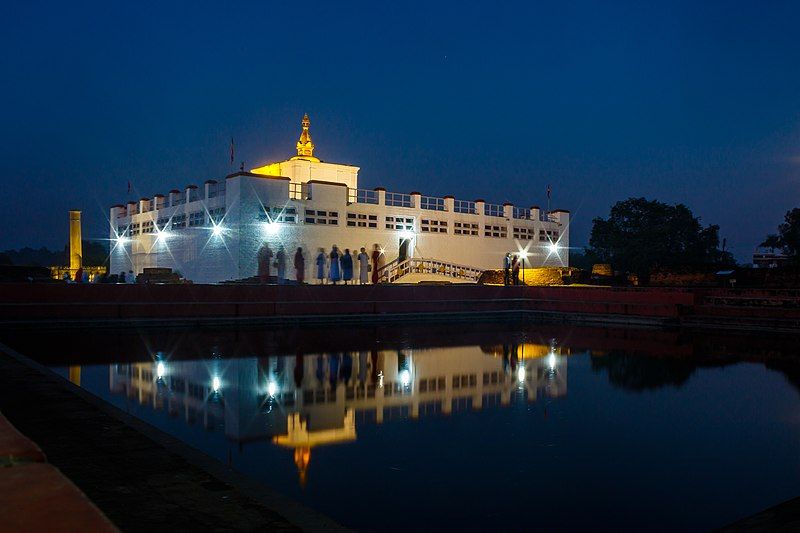
The Maya Devi Temple: Birthplace of Enlightenment
At the heart of the Lumbini Sacred Garden, the Maya Devi Temple preserves the sanctified site where Queen Maya Devi gave birth to Siddhartha Gautama. The temple’s simple white structure encloses the Marker Stone — pinpointing the exact birthplace of Buddha. Inside, ancient ruins, terracotta reliefs, and the Ashokan Pillar, erected by Emperor Ashoka in the 3rd century BCE, testify to Lumbini’s timeless reverence. Pilgrims circle the temple with prayer beads, their chants merging with the rustling of Bodhi leaves — a moment of divine stillness that connects past and present.
The Sacred Garden: Serenity and Symbolism
The Lumbini Sacred Garden is a living sanctuary of peace. Shaded by Bodhi trees and adorned with colorful prayer flags, it represents the heart of Buddhist spirituality. Walking paths lead visitors through tranquil ponds, ancient ruins, and meditation zones where monks and devotees sit in silent reflection. Every element — from the chirping birds to the gentle breeze — seems to echo the Buddha’s message of compassion. The Sacred Garden embodies harmony between nature and spirit, offering a refuge for those seeking mindfulness in motion.
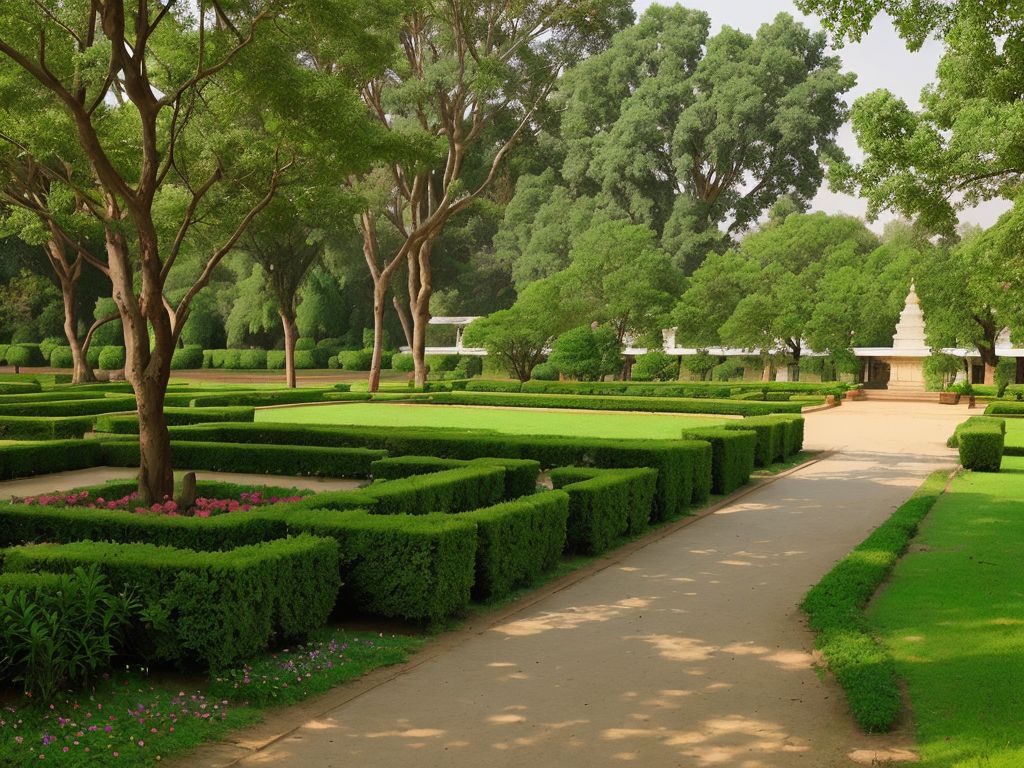
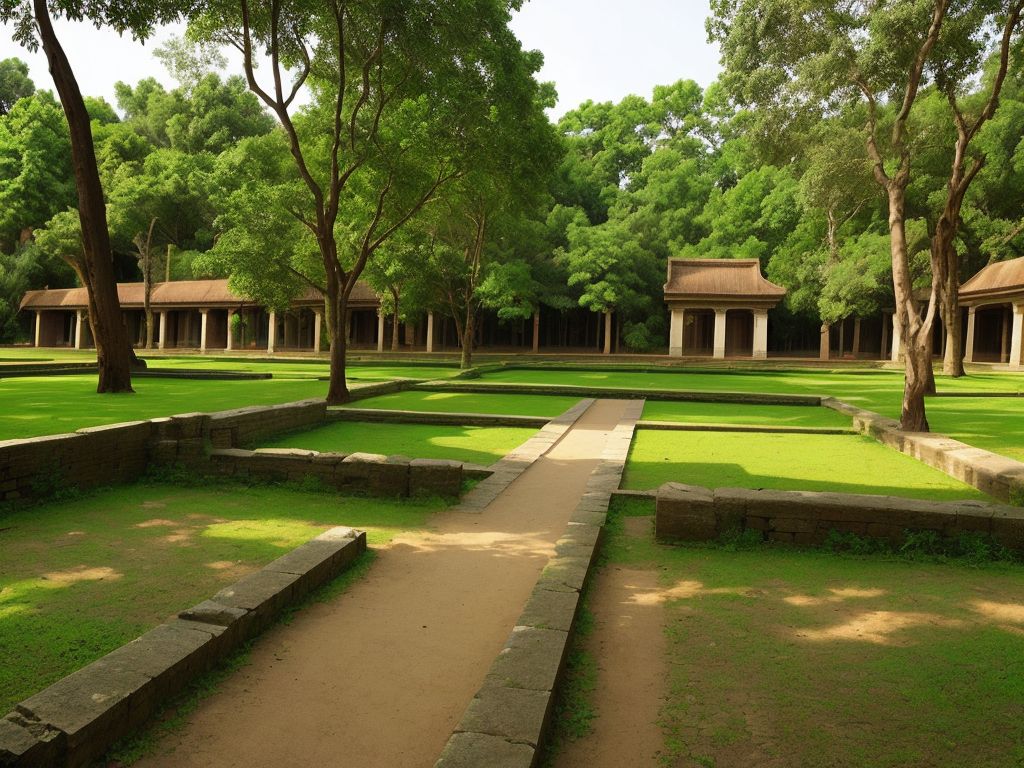
Monastic Zone: A Global Tapestry of Faith
Surrounding the Sacred Garden is the Monastic Zone, where Buddhist communities from around the world have built monasteries reflecting their unique architectural traditions. Each monastery — from the gleaming Thai Wat to the elegant German Tara Foundation — showcases global devotion to Buddha’s teachings. The East Monastic Zone, primarily Mahayana and Vajrayana monasteries, contrasts beautifully with the Theravada monasteries of the West Zone. Together, they form a spiritual mosaic that unites cultures and beliefs under the universal message of peace.
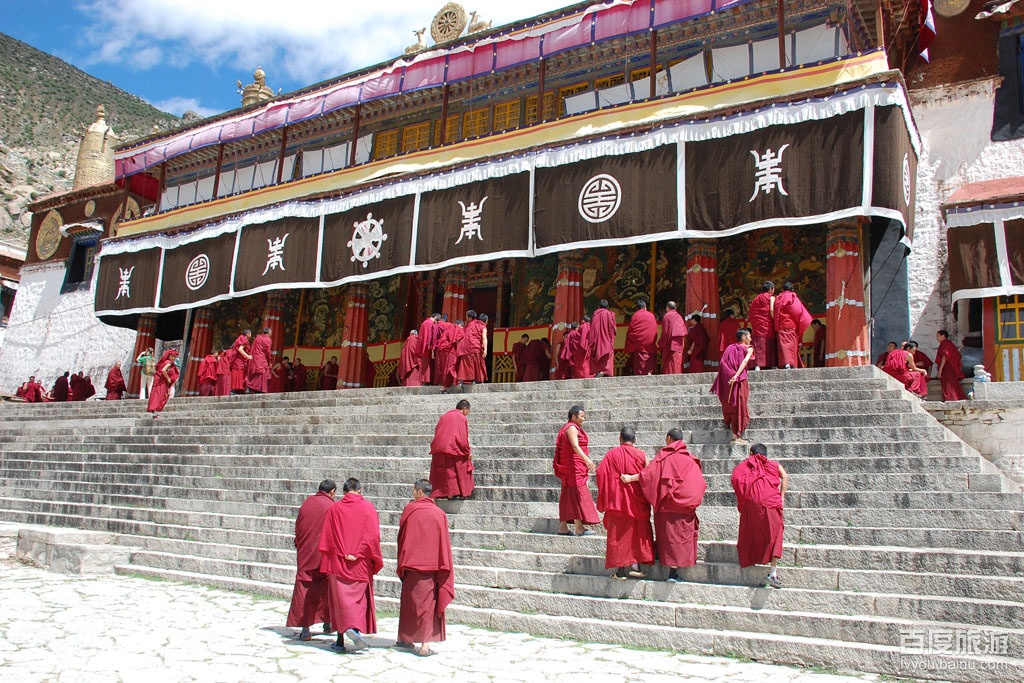
Ashokan Pillar and Puskarini Pond
Among Lumbini’s treasures stands the Ashokan Pillar, inscribed with an ancient edict confirming this as the Buddha’s birthplace. Nearby lies the Puskarini Sacred Pond, where Queen Maya Devi is believed to have bathed before the birth and where baby Siddhartha was given his first purification. Pilgrims often pause here to light lamps or offer lotus flowers — small gestures of gratitude that carry profound spiritual meaning.
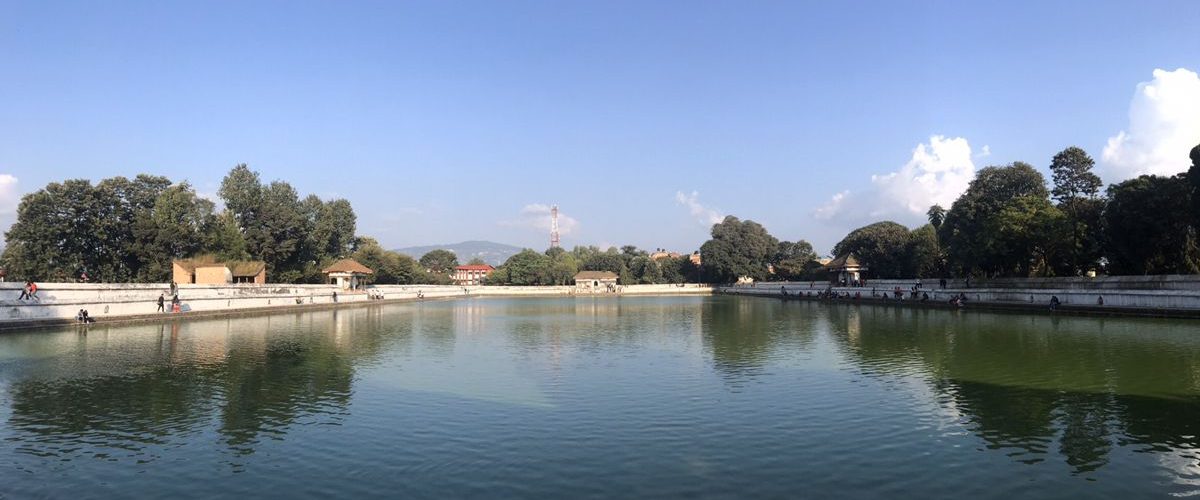
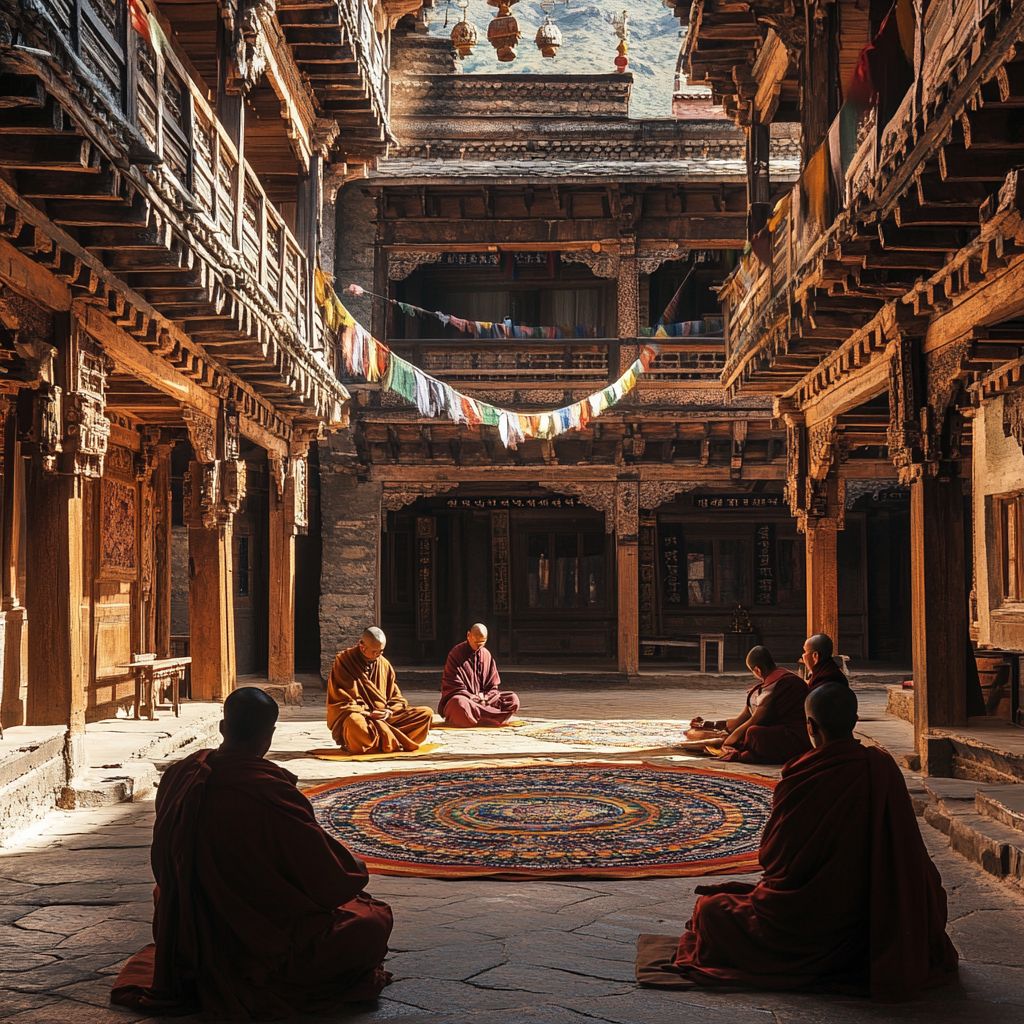
Meditation, Reflection & Spiritual Renewal
Beyond monuments and monasteries, Lumbini offers visitors an intimate journey into mindfulness. Quiet meditation spots, open-air pavilions, and retreat centers welcome seekers to pause, breathe, and reconnect with inner peace. Whether you join a guided Vipassana session or simply sit beneath the Bodhi tree, Lumbini invites you to experience Buddhism not as doctrine, but as living peace. It’s a journey that inspires stillness, clarity, and compassion long after you leave.
FAQs about Lumbini Sacred Garden & Maya Devi Temple
1. Where is Lumbini located?
Lumbini lies in Nepal’s Rupandehi District, near the Indian border, about 280 km southwest of Kathmandu.
2. Why is the Maya Devi Temple so important?
It marks the exact birthplace of Siddhartha Gautama, who became the Buddha, making it one of the holiest sites in Buddhism.
3. What can visitors see inside the Maya Devi Temple?
The temple houses the Marker Stone, ancient brick structures from the 3rd century BCE, and sacred relics related to Buddha’s birth.
4. What is the best time to visit Lumbini?
October to March offers pleasant weather ideal for exploration and outdoor meditation.
5. How long should I spend in Lumbini?
A full day allows for visiting the Sacred Garden, monasteries, and meditation areas — though spiritual travelers often stay longer.
6. Are there accommodations nearby?
Yes, Lumbini offers a range of hotels, guesthouses, and monastery lodges for both pilgrims and tourists.
7. Can non-Buddhists visit Lumbini?
Absolutely. Lumbini welcomes people of all faiths to experience peace and learn about Buddha’s life and teachings.
8. Is there an entry fee to visit Maya Devi Temple?
A small entry fee applies, helping preserve the site’s heritage and facilities.
9. What should I wear when visiting Lumbini?
Dress modestly, covering shoulders and knees, and remove shoes before entering sacred areas.
10. Can I meditate or join a retreat in Lumbini?
Yes, meditation centers and monasteries offer short and long-term retreats open to visitors of all backgrounds.
Plan Your Spiritual Pilgrimage to Lumbini with Namo Nepal
Step into the birthplace of peace. The Lumbini Sacred Garden and Maya Devi Temple invite you to walk in the footsteps of the Buddha, where every stone whispers stories of enlightenment. Experience the calm that transcends time, the devotion that unites nations, and the simplicity that defines true spirituality.
Plan your spiritual journey with Namo Nepal — your trusted guide to Lumbini, Buddhist heritage, and the sacred heart of Nepal.
